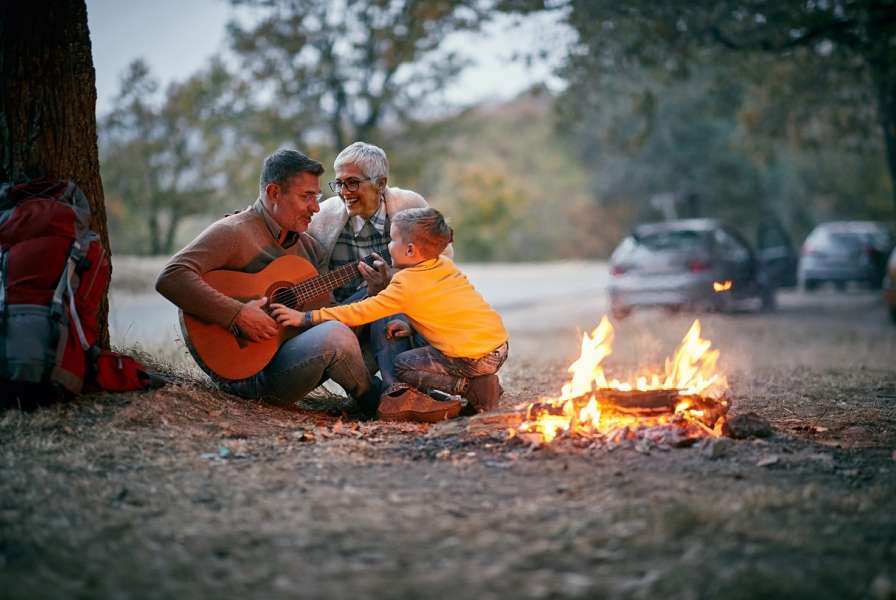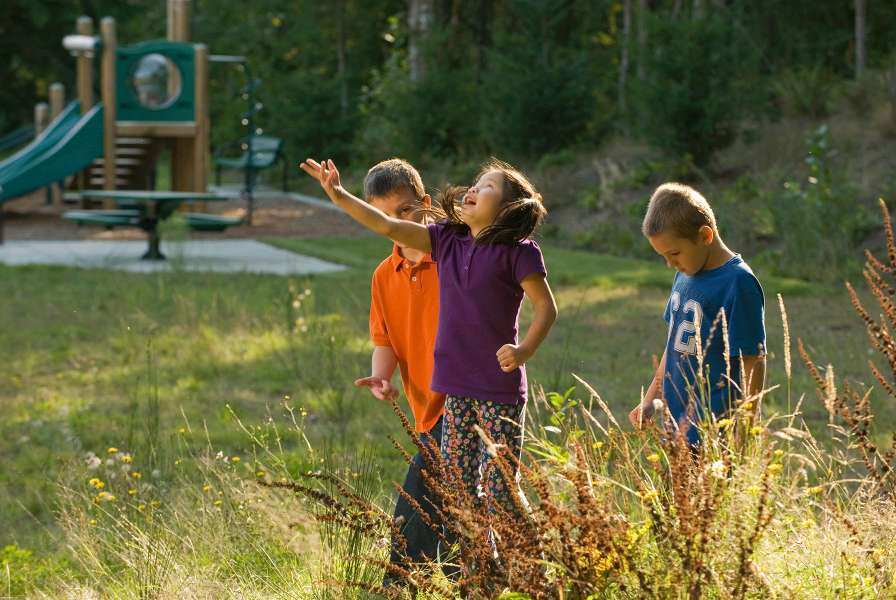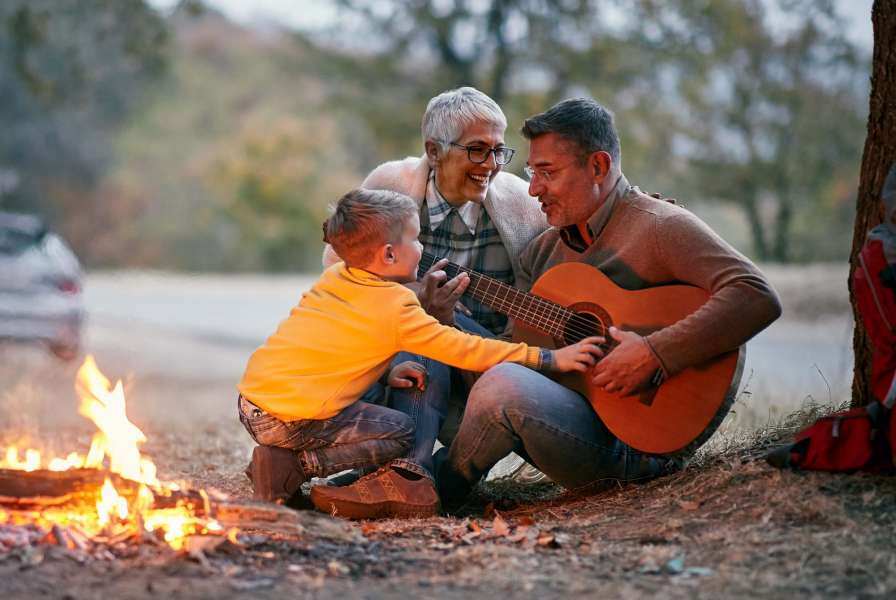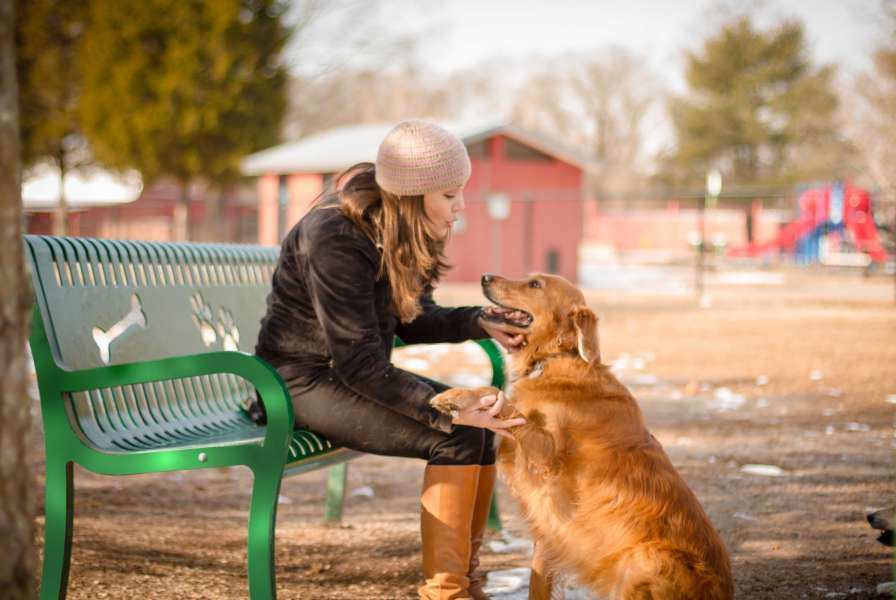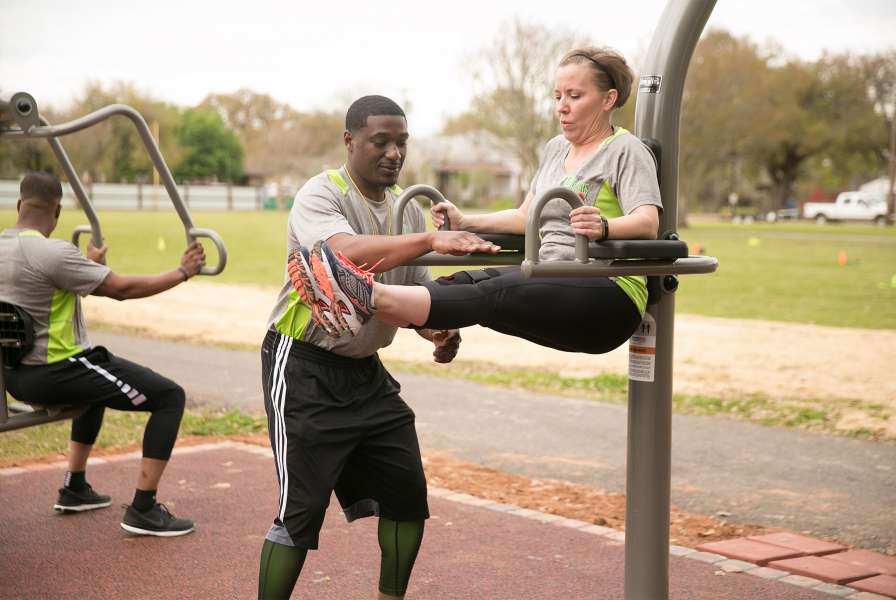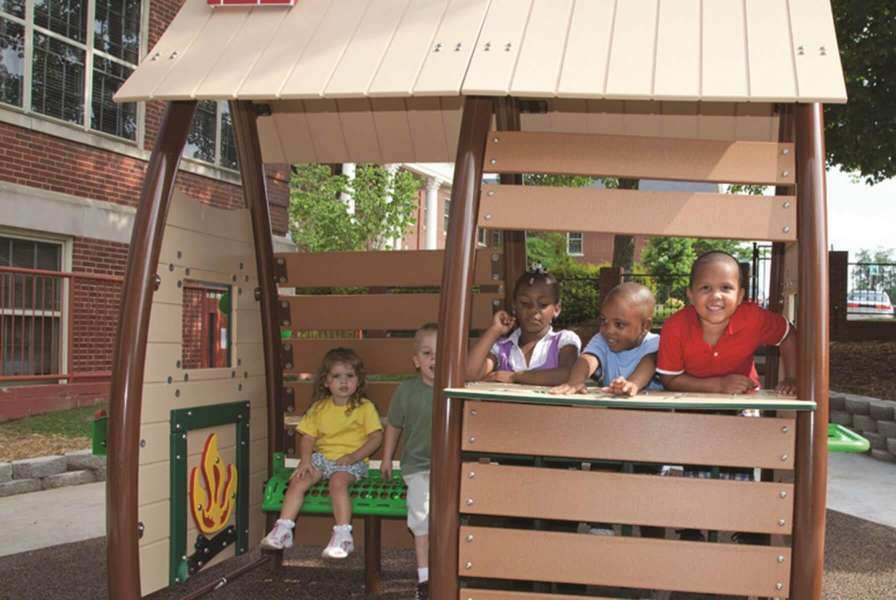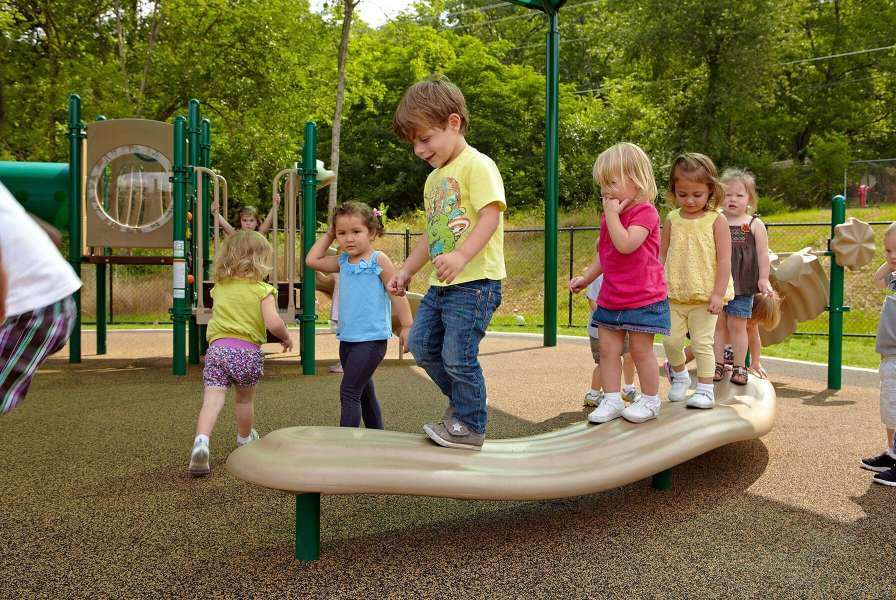Combat Loneliness
Loneliness is one of the most pressing current public health issues. Being socially connected is not only influential for psychological and emotional well-being, but it also has a significant and positive influence on physical well-being. A study published in 2018 found that socially isolated people may be more likely to have a heart attack or stroke, compared to people with strong social networks. Loneliness can occur at any age; in childhood, it may be a feeling of being left out, as a young adult, it could be an exclusion from after-work gatherings, or for a young stay-at-home mom, a feeling they have no connections outside their immediate family. As people age, there are a number of factors that elicit a feeling of loneliness, including the death of a spouse or friend. Loneliness need not be age-related, it may be related to moving to a new community, the inability to connect easily with others, a limited scope of travel, or any number of other reasons.
A national survey conducted by AARP on adults age 45 and older found that 35% of adults in the target age group reported they are lonely. Of those individuals who are classified as lonely, 4 in 10 (41 percent) claim that feelings of loneliness and isolation have persisted for six years or more, nearly one-third (31 percent) indicate they have felt lonely for one to five years, and 26 percent report having these feelings for up to a year. Another report published by Cigna found that people aged 18-37 lay claim to being the loneliest, with those age 18-22 being significantly more likely than any other generation to say they experience the feelings associated with loneliness (e.g., feeling alone, isolated, left out, that there is no one they can talk to, etc.). In fact, more than half of those aged 18-22 identify with 10 of the 11 feelings associated with loneliness. Feeling like people around them are not really with them (69%), feeling shy (69%), and feeling like no one really knows them well (68%) are among the most common feelings experienced by those in this age group.
Intergenerational relationships can help combat loneliness by opening a wider circle of potential acquaintances, the opportunity to learn new skills, and other life lessons not as familiar to certain age groups, and in creating a sense of purpose.
Extend Lifespans
Being socially connected is not only influential for psychological and emotional well-being, but it also has a significant and positive influence on physical well-being and longevity. Research has shown that social interaction even outweighs physical and mental health condition in affecting the successful aging of older people, and that using one’s wisdom and abilities in a meaningful way is critical to well-being in later life. More specifically, fulfilling the urge for intergenerational impact can mean the difference in overall well-being, as giving to others involves a sense of social belonging and value.
Although the mechanism for how social interaction affects successful aging is not clear, it is found that social interaction is associated with higher levels of quality of life,24 and lower levels of depression, anxiety disorder and hopelessness, neuroendocrine stress, and distress of social separation. However, research also suggested that the size of social networks decreases with advanced age.
As with any generation, older people reap benefits from setting and achieving positive, meaningful goals. In using their wisdom and abilities to achieve those goals and to divert negative situations, they experience fewer mental health problems and improved well-being. Alternatively, well-being suffers when they face social isolation or other situations that impede the ability to achieve life goals. Finally, the almost universal preference of elders is to “age in place.” However, their increased risk of developing health issues as they age often challenges this preference. Open space and the positive influence that it can have on elders’ health may help elders continue to “age in place.” Moreover, neighborhood open spaces may also be considered “places of aging” or locations outside of the home that also influence the well-being and quality of life of elders.
Expand Richer Everyday Experiences
With the fast-changing technological advancement of our world there is a rich history waiting to be discovered by all generations through conversation. Consider the growth in popularity of history programs, online quizzes to identify objects not used in today’s culture, and other popular historically-focused activities. Imagine the rich stories waiting to be discovered simply by asking someone of another generation to share a favorite story, memory, or perception of a world event. While this rich library grows with age, there is knowledge to be shared by younger generations too as they relate stories of school, sports, etc. that have changed dramatically since older generations have participated. Sharing stories with interested people creates a sense of self-value and can be a catalyst for relationship building.
Intergenerational playgroups in aged care are an example of setting the stage for story sharing, but programs are limited and little is known about the perceptions of individuals who have participated in such programs. Most research is focused on intergenerational programs that involved two generations of people – young people and older people. However, in one study, a number of generations participated in the intergenerational playgroup intervention that included older people, caregivers who were parents, grandparents or nannies and children aged 0–4 years old. Each group was enriched by the experience, parents seeing their children interact in a whole new way and develop caring toward older people, and older generations feeling a sense of value, and renewed energy brought about by the younger people.
